Signs of ovulation after giving birth| Signs of returning fertility

Welcoming a new life is one of the most joyous occasions for the parents, especially the mothers. Not only does it signify the beginning of a new life but also the start of a new chapter in yours. And we know, a series of new questions have started flooding your mind, and it may be anything like your baby, his health and sleep, new signs/gestures of your baby, your breastfeeding techniques, and even your menstrual cycle. These questions never stop, especially if you are becoming a mother for the very first time!
So, to help you out in any way, in this blog, we are going to discuss signs of returning to fertility while breastfeeding. Let’s jump into it!
How Soon After Giving Birth Can You Get Pregnant?
The Postpartum period is a phase of adjustment and recovery, your body starts healing and coming back to shape. The period of returning to ovulation varies from one woman to another.
Few women get regular cycles in just 1 month after giving birth to their young ones, but in the majority of mothers, Postpartum ovulation may start in a couple of months or when they completely stop breastfeeding the young ones.
Once you get your ovulation or your postpartum ovulation back, it becomes easier for you to conceive. The first menstruation cycle after your pregnancy will mark the return of your fertility too.
To learn about the signs of postpartum ovulation, let’s move to the next section.
How do I know if I’m ovulating when breastfeeding?
Apart from the ovulation test, like, Urinary LH, Computerized monitor (urinary LH + E1‐3‐G), etc, there are no confirmatory tests available in the clinical setting. But don’t worry, there are still a few of the Signs of ovulation after giving birth that may help you to predict the first postpartum ovulation like basal body temperature, breast tenderness, pain in your lower area, etc. We have discussed these Signs of returning fertility while breastfeeding in detail in the next section.
Interpreting signs after childbirth can be challenging due to hormonal imbalances, the production of milk, and the demands of a busy schedule. It is important to recognize the challenges in interpreting these symptoms.
The ovulation test kits (or another laboratory test) are the only confirmatory tests. The good news is, they are pocket-friendly and can be easily done in the comfort of your own house.
What are the Signs of ovulation after giving birth?
As mentioned earlier, the postpartum phase is a recovery period. During pregnancy and breastfeeding, your body undergoes a lot of changes. Once your body has fully recovered, all of your hormone levels will return to normal. The length of this period varies from person to person and can take anywhere from a month to a year.
There are several signs of ovulation after giving birth that can be interpreted by your body’s signals. However, it’s important to note that these are not confirmatory tests for ovulation. To confirm ovulation, you need to have a thorough understanding of your body, particularly how it functions during the ovulatory phase before your pregnancy.
Below are a few of the signs that can help you predict the return of ovulation or fertility:
* Increase in basal body temperature
You will realize that your lower body temperature is slightly higher in the morning when you get out of bed. You will see a regular pattern of changing temperature, which indicates the return of your ovulation.
* Ovulation pain
It is also known as mittelschmerz. It’s important to note that women commonly experience mild lower abdominal discomfort during ovulation, especially if they have a history of pain during this phase before becoming pregnant.
* Breast tenderness or sensitivity
If you are someone who notices the changes in her body throughout your monthly cycle, you may notice tenderness or changes in your breast tissue. If you see the same pattern of changes as you used to have before getting pregnant, then it is a clear indication that your ovulation phase is returning.
* Changes in the cervical mucus while breastfeeding
If you notice that your cervical mucus has a consistency similar to that of egg whites, it means that your ovulation phase is returning. To check if it is stretchy, you can place it between your fingers. If it stretches, it indicates that your ovulation is approaching. This happens because the consistency of cervical mucus helps the sperm to move inside the vagina. However, it occurs only during the ovulatory phase of your menstrual cycle.
* Increased energy
Your energy levels will go high, and you will love the work that you do (due to your hormonal changes). If you notice a change like this, it will be easy to identify. As your days pass with the entry of each new one, you will realize that you are not getting frustrated or angry too easily. If this change, along with other signs of ovulation after giving birth, occurs, then it means your ovulation phase is returning.
* Sexual Desire
Due to the change in the hormonal balance, you will realize that your sexual desires will increase. This happens because of the high level of estrogen.
In this section, we discussed several signs that indicate the return of your ovulation phase, which is good news, right? But getting pregnant in a few weeks or months after giving birth is highly not recommended by doctors. We will discuss this in the next section.
Can a woman get pregnant after giving birth?
According to several studies, yes it is possible to get pregnant within the three weeks after delivering the baby. But in majority of times, it is recommended to wait for around 18 to 24 months for a healthy pregnancy for your other child.
As mentioned earlier it is not recommended by the doctors to get pregnant too early or just a few weeks or months after giving birth to a baby. The main reason is your body!
Your body will not be prepared enough to carry the next child, which will not only impact your health but also the child that you have just conceived.
Secondly, it will also hamper the growth and development of your child, its whole nutrition depends on your breast milk.
In addition, it’s important to note that the changes your body undergoes during breastfeeding and pregnancy can be quite intense.
This can pose a serious risk to women’s health, and it is always advisable to first consult with a healthcare professional before proceeding with breastfeeding.
Are you super fertile right after giving birth?
Traditionally speaking, breastfeeding usually prevents ovulation, and during the first six months after childbirth, it is considered a natural form of birth control for the mother, due to the hormone prolactin, which suppresses the formation of other ovulatory hormones. However, it’s worth noting that this isn’t always the case and doesn’t happen for every mother.
It’s worth noting that although breastfeeding can prevent ovulation, it’s not a reliable form of birth control. Clinically, two out of 100 mothers who breastfeed their baby can still conceive, so if you’re planning to conceive just after giving birth, it’s important to take the necessary precautions.
So, it is safe to say, that you are not super fertile after giving birth!
Conclusion
The beginning of ovulation or return of ovulation in one’s body varies from one woman to another. There is not a specific period, it can take up to a few weeks, 6 months, or even more than a year. The main reason is that every woman’s body undergoes different changes, and requires a different period to recover from the pregnancy.
There are a lot of signs of ovulation after giving birth, which indicates the return of your regular cycles for example increase in basal body temperature, cramps, breast tenderness, etc. But it’s hard to predict without undergoing a confirmatory ovulation test or directly having a menstrual cycle. We hope that this article has helped you to gain the knowledge.
Note: This article is only for educational purposes. We will request a reader to visit a healthcare professional whenever it’s necessary, instead of completely relying on the website for treatment.

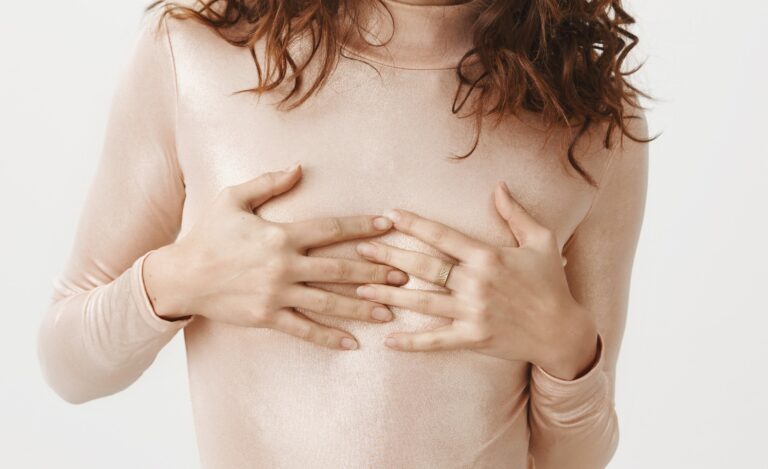

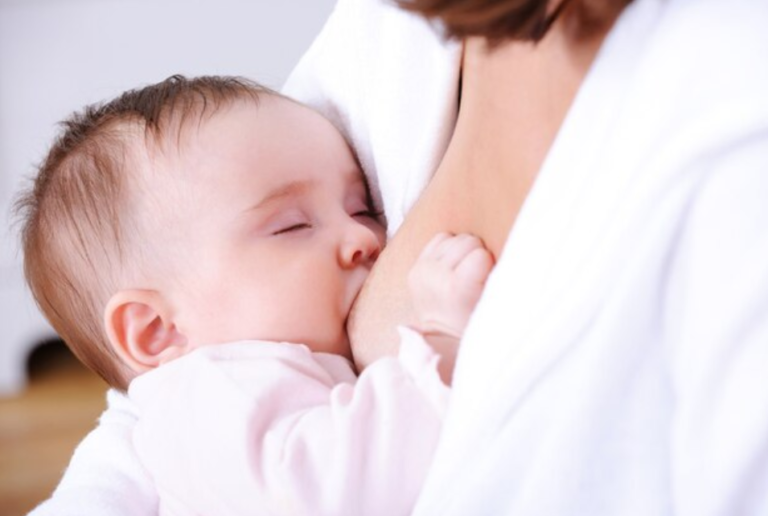
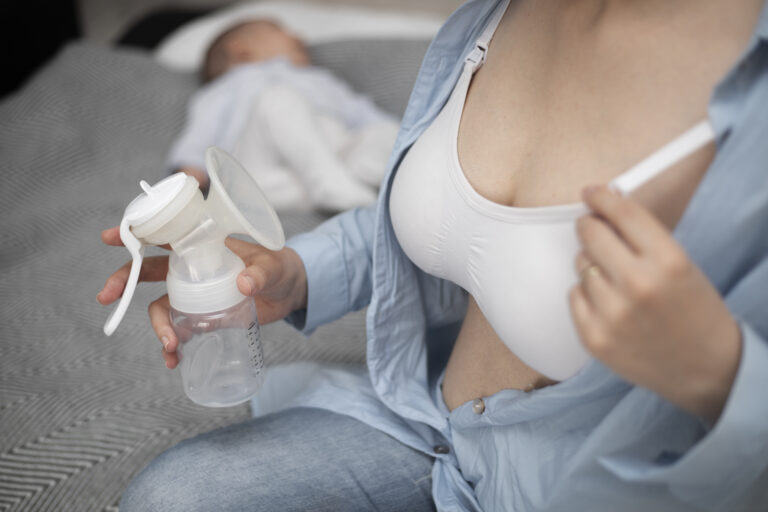


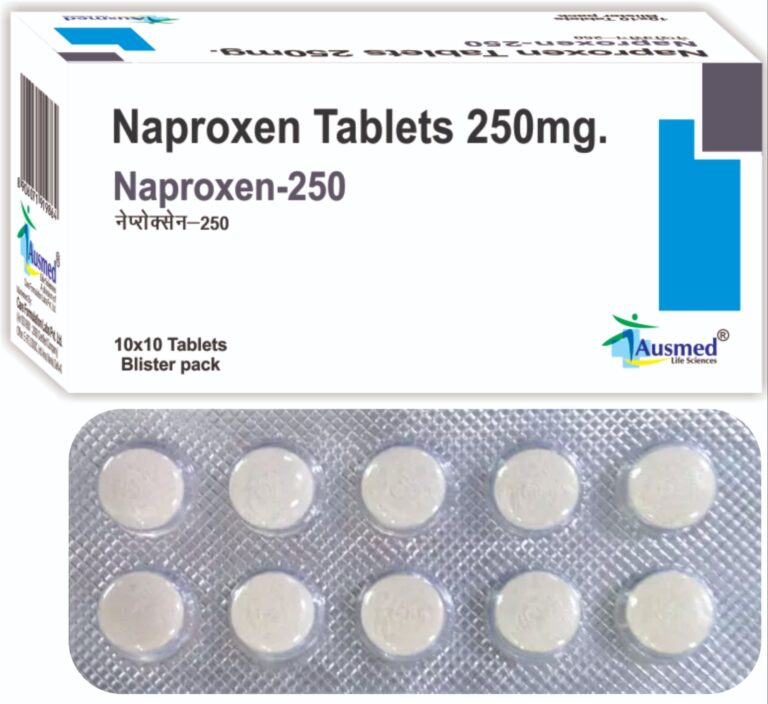


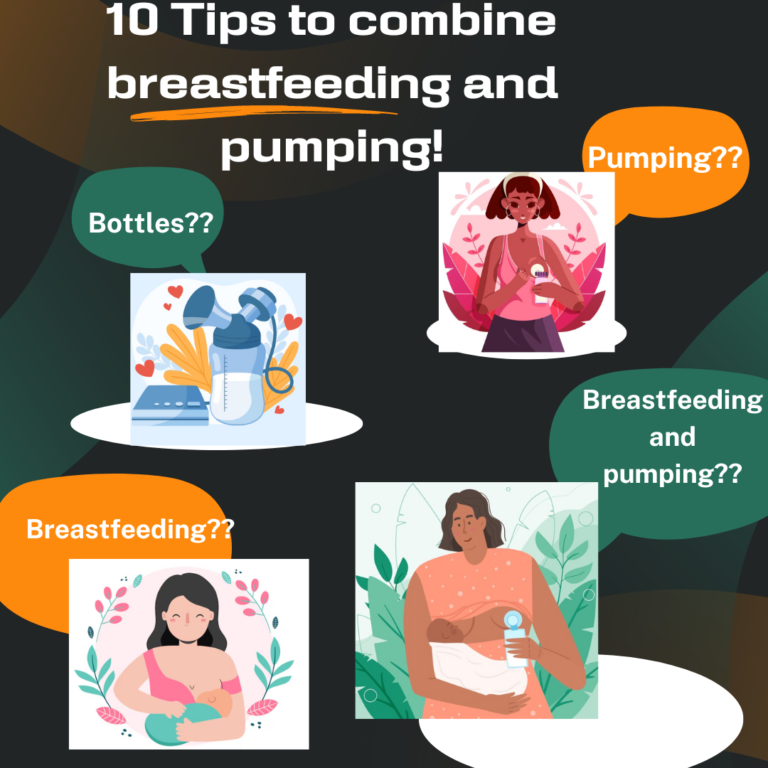
+ There are no comments
Add yours